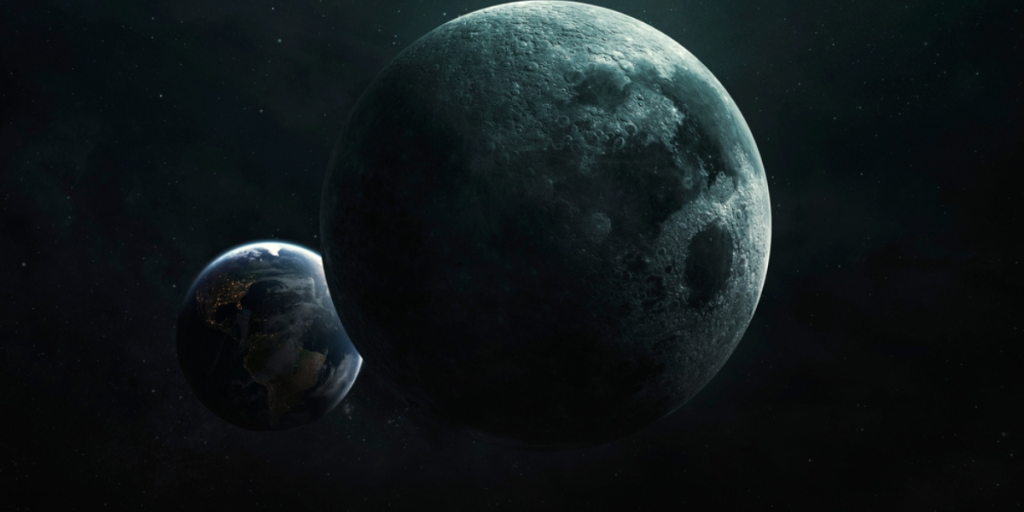For billions of years, Earth has held its secrets beneath layers of rock and lava.
Others are reading now
Scientists are often left piecing together tiny clues to understand how our planet formed. One of the biggest mysteries is how the Moon came to be.
Around 4.4 billion years ago, a massive collision between the early Earth, called proto-Earth, and a smaller planet named Theia likely created the Moon. The impact melted the surfaces of both planets and erased almost all traces of proto-Earth.
Was Not Expecting to Exist
Now, researchers from China and the United States believe they have found fragments of the original proto-Earth that survived that violent event, writes Videnskab.
“This could be the first direct evidence that material from proto-Earth still exists,” said Nicole Nie, a geochemist at MIT and co-author of the study published in Nature Geoscience. She added that the discovery is remarkable because traces this old were expected to have disappeared over billions of years.
The scientists studied some of Earth’s oldest rocks from Greenland and Canada. They also examined basalt, or hardened lava, from volcanic islands such as Hawaii and Réunion. Some samples contained slightly less of the isotope potassium-40 than expected in rocks over 3.5 billion years old. The researchers interpret this as tiny, undisturbed pieces of proto-Earth.
Also read
Allows Geologists to Look Back in Time
Martin Schiller, a geochemistry professor at the University of Copenhagen, said the measurements are challenging but convincing. He explained that the basalt from Hawaii and Réunion comes from deep within Earth’s mantle, between the core and the crust.
Unlike most volcanoes, which draw magma from the upper mantle, hotspot volcanoes bring up material from the deepest layers. Parts of this deep mantle may have survived the collision without mixing with material from Theia.
“This deep mantle material stands out. It is clearly very old. I believe it comes from proto-Earth,” Schiller said.
If confirmed, these findings allow geologists to look back in time before the Moon formed. They provide clues about how Earth’s interior developed and how our planet was shaped in the early solar system.
However, scientists caution that later geological processes may have altered the isotopic composition. Schiller suggests further studies on silicon isotopes from the same rocks. Such analyses could give a more reliable trace of the original proto-Earth and reveal more about the earliest moments of our planet’s history
Also read
Sources: Videnskab, Nature Geoscience.


